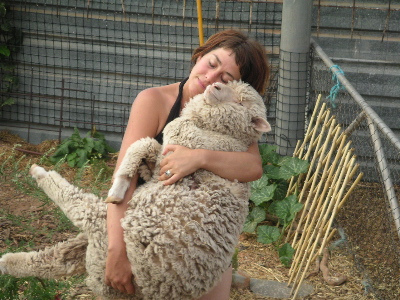STUNG by the closure of the town’s coal mine, Leigh Creek is fighting to save its beloved lake from being drained.
BRYAN LITTLELY
2 min read

LEIGH Creek residents are fighting to stop dam busters blowing the wall on the coal mine dam and draining the popular swimming and recreation lake into the coal fields when Alinta Energy pulls out next month.
Residents, traditional owners and Alinta management are advocating an alternative plan to breaching the Retention Dam wall to secure the precious water resource, habitat and recreational lake for the region.
The dam, built in 1981 across the path of Leigh Creek so the coal deposits in its path could be mined, now has a thriving ecosystem and is home to more than 40 bird species.
It also plays an important role in the way of life for Leigh Creek and Copley residents as the region’s recreational “beach” and is used as a water supply for fire fighting.
Copley resident and campaigner to save the dam, Nigel Carney, said Retention Dam is a critical water resource.
“It is a resource for fire protection because Aroona Dam (the town’s water source) is not accessible as quickly and, in Copley in particular, the water resource is not reliable for fire fighting,’’ he said.
“And for generations the dam has been used for recreation. It is a drawcard and one the region can build upon after the mine closes.
“We could use the dam to help draw people to the area. It is a fantastic place to swim and you certainly could sail boats on it … which is something I am looking forward to doing.’’
Fishing and yabbying in the dam are also popular.
Anne-Maree Taranto, of Copley, has prepared a report to the State Government outlining the proposed alternatives to blast the compacted earth dam wall as part of Alinta’s required remediation of the mine site.
“In accordance with the mine licence conditions of closure of the Leigh Creek Coal Mine,
Alinta Energy are contractually obliged to breach the Retention Dam wall,’’ she says in the report.
“A simple breach of the earthen north wall of the Retention Dam would result in flooding
into existing coal pits. The likely effects of this would be sulphuric emissions and
spontaneous combustion of coal, affecting the atmospheric quality of the surrounding
towns and essentially providing none of the potential community benefits of the site.’’
Alinta Energy has offered to cover the cost of implementing one of two proposed alternatives — preserve the dam at 80-90 per cent capacity with an overflow into a drain around the mine site; or drain the dam of existing water and create future flow of Leigh Creek on the western side of the mine site.
“By opting to take Alinta Energy’s ‘Plan A’, to create a drain to manage flood overflow out of the Retention Dam, there are great benefits for all concerned parties,’’ Ms Taranto said.
